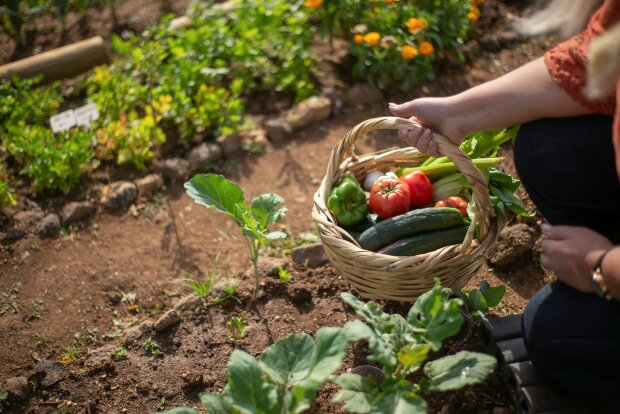Winter 2025 is surprisingly mild, which has a positive effect on gardeners' moods.

Many of us are eagerly planning this year's crops, but common sense tells us that it is worth waiting until May to plant thermophilic species such as tomatoes and cucumbers. But are there ways to speed up this process and safely plant the seedlings earlier? ? The answer to this question is biological heating of the sites – a method that can significantly affect the growth and yield of our favorite vegetables.
Planning crops in an era of changing climate
“Deccoria” reports that at the turn of February and March many gardeners start planning their crops. We usually analyze the available space and choose seeds of interesting species. During this period, it is also worth thinking about sowing plants that tolerate cooler temperatures well, such as parsley or radish. However, thoughts of tomatoes and cucumbers appear in every gardening heart.
Despite the mild winter, remember that both of these species require special care. These thermophiles feel best at temperatures above 15°C, which is why the traditional transplanting date is the second half of May. It is worth noting, however, that climate change means that in our region it is possible to start cultivation a little earlier.
What is biological heating?
Biological heating is an innovative method of improving thermal conditions in a vegetable garden using natural organic raw materials. This process involves using materials such as straw, tree leaves or bark to create heating pads. As a result of the decomposition of these materials by aerobic bacteria, heat is released, which promotes the growth of plants.
Higher soil temperature stimulates the root system of young plants and increases their growth dynamics. Thanks to this, we can count on better yields and faster development of the above-ground part of plants.
How to prepare sites for tomatoes and cucumbers?
Preparing sites for tomatoes and cucumbers using biological heating is a simple process. Here are step-by-step instructions:
1. Selecting a location: Find a suitable place in your garden that will be well-sunlit.
2. Gathering Materials: Gather straw or other organic materials (e.g. tree leaves). Wheat or barley straw are the best choices due to their high heating value.
3. Creating the Bed: Lay a thick layer of straw (about 30-50 cm) on the chosen spot.
4. Humidity: Make sure the bed is damp – this is important for the decomposition process.
5. Planting seedlings: After a few weeks (when the soil temperature rises) you can safely plant tomato and cucumber seedlings.
6. Temperature monitoring: Regularly check the soil temperature; the optimum is around 20-25°C.
Benefits of biological heating
By using this method, you will not only accelerate the development of your plants, but also increase their resistance to diseases and pests. Healthy plants have a better chance of producing abundant crops, which will undoubtedly please every gardener.
Don't miss: Aleksander Sikora speaks out again on Małgorzata Tomaszewska's case. Will they host „Halo, tu Polsat”
